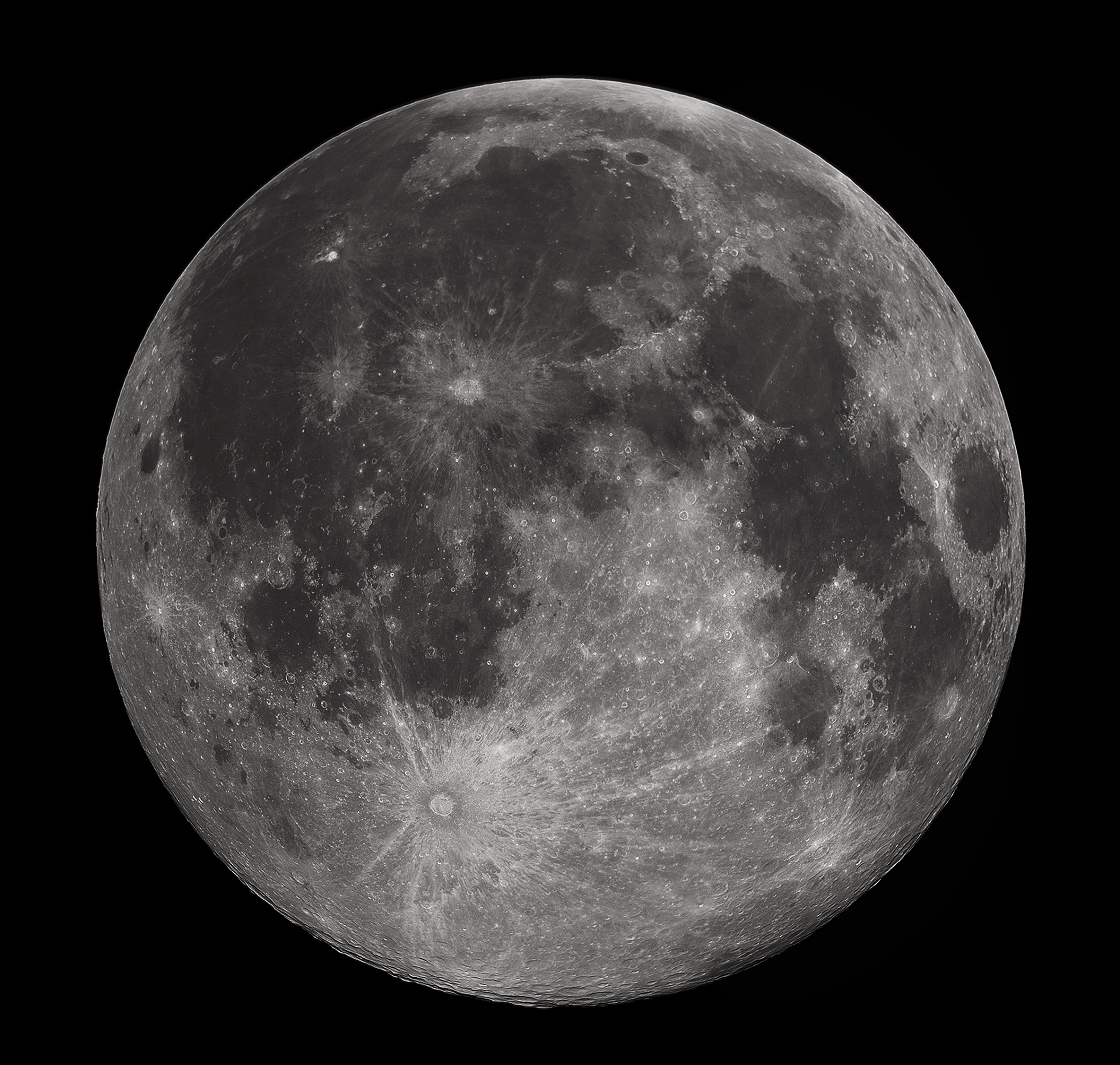Moon2010 less than 2 meg.jpg

Part 2 of 4 Parts (Please read Part 1 first)
Here is a short list of the problems that will face colonists on Mars. The Martian soil is very different from the soil on Earth. There is a great deal of silicon dioxide joined by highly oxidized elements including ferric oxide, aluminum oxide, calcium oxide and sulfur dioxide. The Martian atmosphere is a major obstacle to safely and precisely landing payloads on the Martian surface. It will also hinder any attempt to return packages or people back to Earth. The distance between Earth and Mars varies depending on where each is in their annual trips around the Sun. Even at the speed of light, a one-way communication between the Earth and Mars will take from seven to twenty-two minutes. Mars is very remote considering the delivery of resources. It will take from months to over a year to deliver a payload from Earth to Mars, depending on the configuration of the planets at any particular moment in time.
In contrast, the Moon is a much more favorable environment for colonization by many measures. A one-way journey to the Moon takes only a few days. Messages can be exchanged very quickly between the Earth and the Moon. A one-way message from Earth to the Moon would only take about one and a quarter seconds. An observer on the near side of the Moon could be in constant contact with Earth’s infrastructure. To communicate with any other body in the solar system, an orbital array would be required to allow communication when the Earth is invisible to that body’s surface.
Here are two similarities that the Moon and Mars have. Both worlds have large solar energy swings during their days and seasons. The surface gravity of both worlds is very low. Mars is about one third of Earth’s gravity while the Moon is about one sixth.
In many ways, the Moon is the top candidate for humanity’s first terraforming location. With respect to radiation, the Moon is definitely preferable to Mars. Both worlds have dead cores and surface magnetic fields that vary incoherently over the surface of both. Such fields offer negligible protection when compared to the Earth’s magnetosphere. The Moon and Mars do little to shield any surface dwellers from the particles and radiation emitted by the Sun.
It may seem that the Moon should receive more radiation from space than Mars. And the Moon lies outside of the protective Van Allen Belts that protect the Earth. However, in 2007, a detailed analysis indicated that the Earth’s magnetic field does an amazing job of shielding the Moon from the solar wind. It significantly reduces the levels of radiation that a surface dweller would receive. In addition, the Moon picks up a positive charge during the two-week lunar day. This charge slows down and reduces the harmful effects of protons and other positively charged ions. Therefore, there is less radiation hazard on the Moon than there is on Mars.
Please read Part 3 next